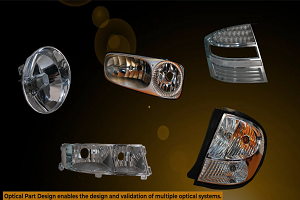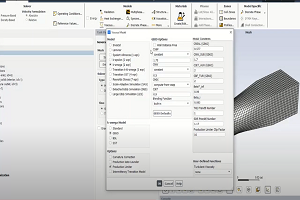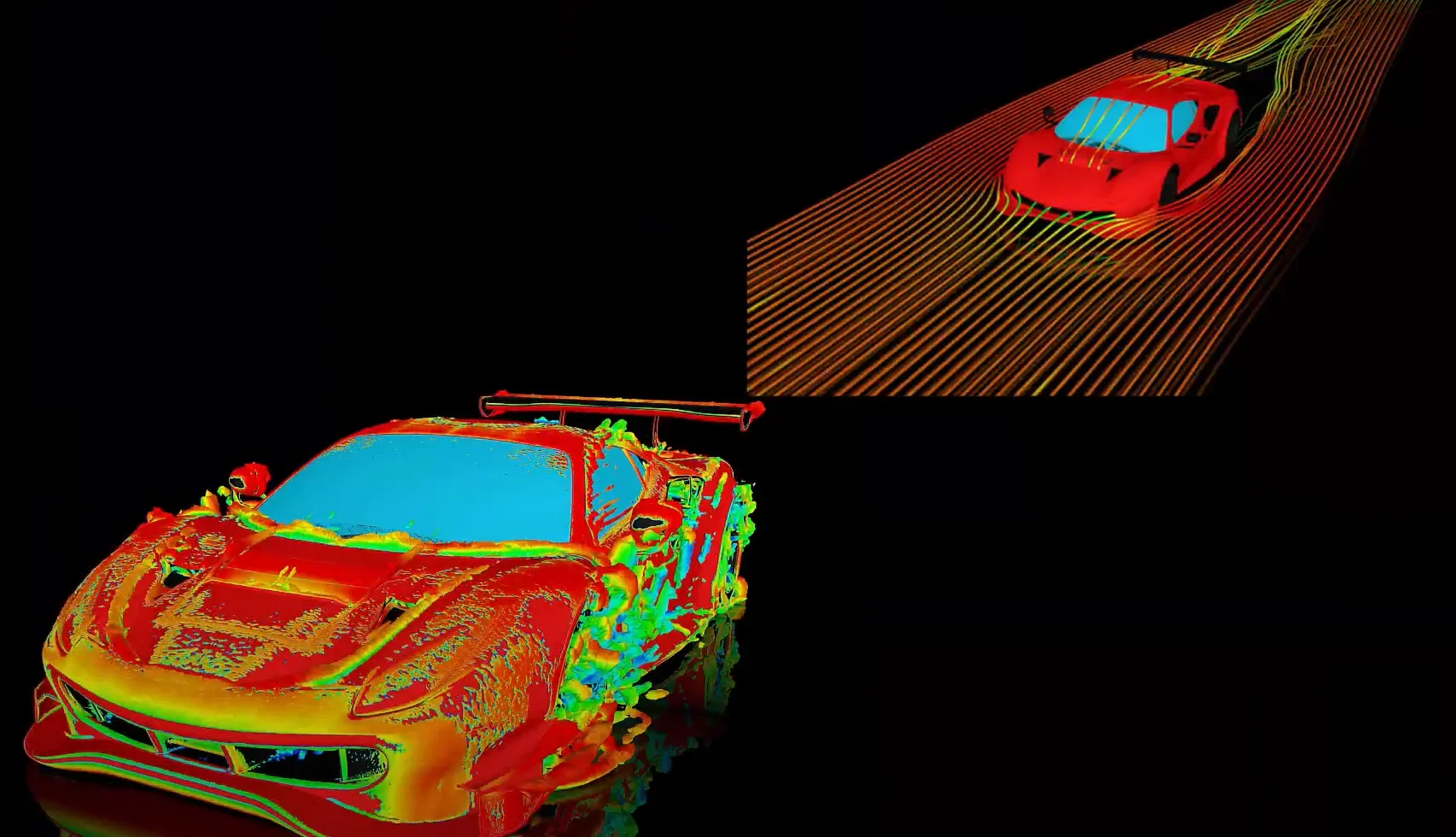Tagged:
-
-
September 26, 2022 at 9:33 am
 FAQParticipant
FAQParticipantKnown Issues and Limitations – 2021 R1
The following information is relevant to ANSYS, Inc. Release 2021 R1. The entries describe known nonoperational behavior, an error, or limitation at the time of this release. Workarounds for these items, if available, are included in the respective descriptions. Inclusion in this document does not imply the issues and limitations are applicable to future releases.
The parenthetical numbers associated with each entry are reference numbers corresponding to an internal error tracking system. The numbers are included to help to facilitate ANSYS, Inc. technical support and help to ensure that the issue described in the entry is resolved.
Ansys Discovery
- The 2021 R1 Discovery user documentation incorrectly identifies “AMD FirePro” as a requirement. The incorrect references to “AMD FirePro” appear in two sections of the user documentation: 1) Discovery Documentation > About ANSYS Discovery > Discovery Environment and Hardware Requirements > Video Card; and 2) ANSYS, Inc. Discovery Installation Guide > Installation Prerequisites > Video Card. References to “AMD FirePro” should instead read: “AMD Radeon Pro” as shown below:
- When working with 3D models, use of a recent NVIDIA Quadro or AMD Radeon Pro card with at least 4 GB of memory that supports, at a minimum, OpenGL version 4.6. (398670)
- When running Discovery on a Dell 7550 laptop with NVIDIA Quadro graphic cards RTX4000, T1000 or M3000M, the graphics driver may crash preventing Discovery from rendering a model (3D scene). Workaround: Disable integrated graphics in BIOS. (336591)
- Changing transparency of the model may lead to Refine results being immediately put out-of-date, or a subsequent action may put results out-of-date. Workaround: Use Hide bodies to more easily see results. (360252)
- When viewing mesh in Refine, as the mesh gets fine on a specific body you may not be able to view the volume elements. (362105)
- When running a fluid-solid heat transfer simulation with a heat source or sources on solid thermal bodies, the heat flow value includes the source(s) in W. The monitor chart generated for heat flow, however, is correct. (363831)
- Certain graphics cards give an illegal memory access error when some fluid cases are set at a high fidelity. (365071)
- If you duplicate a Topology Optimization simulation, even if you modify the conditions on the simulation, the original solution is solved rather than the duplicate, and no results display in monitors at end of solve. In addition, if the duplicate Topology Optimization simulation contains a Mass monitor, an exception error is thrown at each iteration of the solve. Workaround: Disable and re-enable Topology Optimization in the duplicate simulation. (365930)
- When the default mesh size is computed during the Refine stage, all bodies in the model are included, including bodies that are suppressed. This may lead to an inappropriate default mesh size. Workaround: Delete the suppressed bodies or make local fidelity adjustments. (369524)
- In the Refine stage, mechanical solutions fail if spaces appear in the path to the Windows %temp% folder. No results are returned, and no error is issued in the user interface. For example, the following configuration will cause the solution to fail:
C:UsersVisitor Test>set TEMP TEMP=C:UsersVisitor TestAppDataLocalTemp
Workaround: Remove the spaces from the %temp% path and solve again. For example, if the username contains spaces as shown above, remove the spaces from the username by creating a new user account on the machine. (370377)
- When the external flow tool is used, monitoring is not permitted on the faces of the enclosed solid. If you need to monitor results on faces of an enclosed solid, instead use the enclosure tool to define the flow volume. (377576)
- The 2021 R1 Discovery user documentation incorrectly identifies “AMD FirePro” as a requirement. The incorrect references to “AMD FirePro” appear in two sections of the user documentation: 1) Discovery Documentation > About ANSYS Discovery > Discovery Environment and Hardware Requirements > Video Card; and 2) ANSYS, Inc. Discovery Installation Guide > Installation Prerequisites > Video Card. References to “AMD FirePro” should instead read: “AMD Radeon Pro” as shown below:
-


Introducing Ansys Electronics Desktop on Ansys Cloud
The Watch & Learn video article provides an overview of cloud computing from Electronics Desktop and details the product licenses and subscriptions to ANSYS Cloud Service that are...

How to Create a Reflector for a Center High-Mounted Stop Lamp (CHMSL)
This video article demonstrates how to create a reflector for a center high-mounted stop lamp. Optical Part design in Ansys SPEOS enables the design and validation of multiple...

Introducing the GEKO Turbulence Model in Ansys Fluent
The GEKO (GEneralized K-Omega) turbulence model offers a flexible, robust, general-purpose approach to RANS turbulence modeling. Introducing 2 videos: Part 1 provides background information on the model and a...

Postprocessing on Ansys EnSight
This video demonstrates exporting data from Fluent in EnSight Case Gold format, and it reviews the basic postprocessing capabilities of EnSight.

- Discovery Downloads
- Ansys Discovery – Supported File Formats
- Importing an Autodesk Fusion 360 Design Study into Ansys Discovery
- Ansys Discovery: Customizing the Ribbon Tab
- Top New Features in Ansys Discovery 2025 R1
- Ansys Discovery: Creating Custom Shortcuts
- Ansys Discovery: Transient Simulation
- Change Language in Discovery
- Release Notes- Previous versions
- Discovery: Transfer to Mechanical

© 2025 Copyright ANSYS, Inc. All rights reserved.

